Jewellery in India is never just decoration — it carries stories, beliefs, and traditions passed down through centuries. Among the most symbolic forms of jewellery is the Navaratna, or “nine gems,” a timeless design that blends astrology, spirituality, and royal history.
What is Navaratna Jewellery?
The word Navaratna comes from Sanskrit, meaning “nine gems.” It refers to an arrangement of nine specific gemstones, each linked to one of the Navagrahas — the nine celestial influences in Vedic astrology. Together, they are believed to bring balance, good fortune, and protection to the wearer.
The nine gems are traditionally set in a specific order:
1.Ruby (Manikya) – Sun ☀️
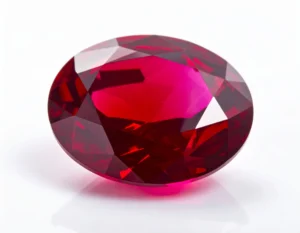
2.Pearl (Moti) – Moon
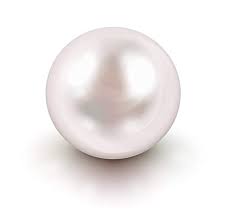
3.Red Coral (Moonga) – Mars ♂
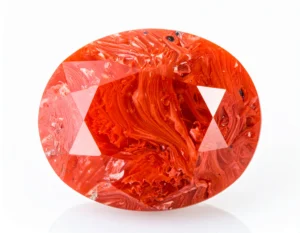
4.Emerald (Panna) – Mercury ☿
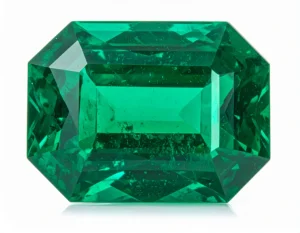
5.Yellow Sapphire (Pukhraj) – Jupiter ♃
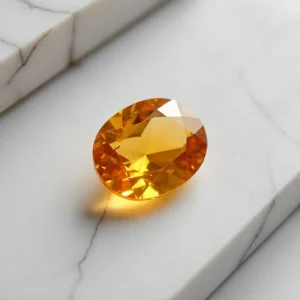
6.Diamond (Heera) – Venus ♀
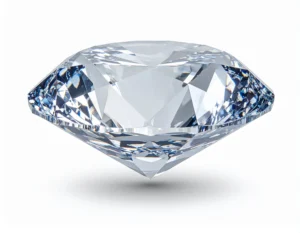
7.Blue Sapphire (Neelam) – Saturn ♄
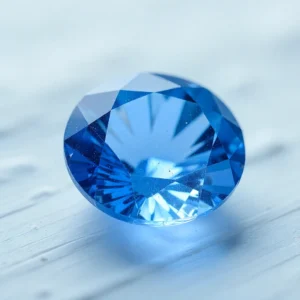
8.Hessonite Garnet (Gomed) – Rahu (North Node) ☊
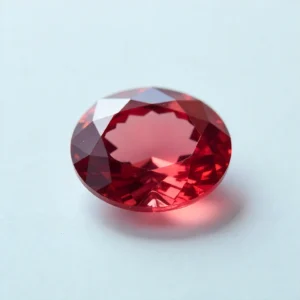
9.Cat’s Eye (Lehsunia) – Ketu (South Node) ☋
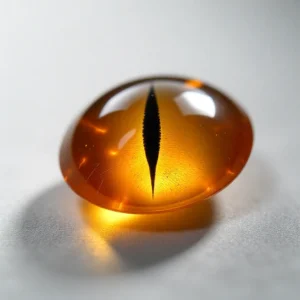
Each stone is considered powerful on its own, but when combined in Navaratna form, they are believed to harmonize cosmic energies and attract prosperity.
The Royal Origins of Navaratna
The idea of “Navaratna” isn’t limited to gems. In Indian history, kings and emperors often had nine legendary advisors, poets, or scholars in their courts, called Navaratnas — their “nine jewels.”
- King Vikramaditya’s Navaratnas included the great poet Kalidasa and scholars who shaped Indian literature and science.
- Emperor Akbar’s Navaratnas included Birbal, Tansen, and Raja Todar Mal, who guided him in governance, art, and diplomacy.
These “living jewels” symbolized wisdom and brilliance, much like the nine gemstones. Over time, the word Navaratna became linked to both royal prestige and cosmic power, making it a cherished name for jewellery.
Gemmology & Design of Navaratna Jewellery
From a gemmological perspective, Navaratna jewellery is fascinating because it brings together stones with different hardness levels, colors, and optical properties:
- Color Palette: Ruby’s fiery red, Emerald’s lush green, Pearl’s soft white, and Sapphire’s deep blue create a naturally vibrant, rainbow-like arrangement.
- Cut & Shape: Traditionally, the gems are cut in cabochon or simple facets to preserve maximum weight, but modern designs use brilliant cuts for sparkle.
- Durability: Since the gems vary in hardness (Diamond being hardest at 10 on Mohs scale, Pearl being softer at ~3), jewellers carefully design settings to protect the delicate ones.
- Setting Arrangement: The ruby (Sun) usually takes the center, surrounded by the other eight gems in a balanced pattern. This arrangement isn’t just aesthetic — it symbolizes the Sun as the life force, with the planets orbiting around it.
Cultural and Spiritual Significance
- In Hindu tradition, wearing Navaratna is believed to balance planetary influences, reduce bad karma, and bring health, wealth, and harmony.
- In Buddhist and Jain cultures, Navaratna jewels are considered auspicious and protective.
- Many kings across India, Thailand, and Sri Lanka wore Navaratna crowns or pendants as a symbol of divine authority.
Even today, Navaratna rings and pendants are popular not only as fashion but also as a blend of spirituality and style.
Navaratna jewellery is more than an ornament — it’s a cosmic map, a royal emblem, and a cultural treasure. Its history connects the stars in the sky with the thrones of kings, blending gemmology, design, and spirituality in a way few other jewels can.
Whether worn for astrological balance, personal belief, or pure beauty, Navaratna remains one of the most meaningful jewellery traditions in the world.
